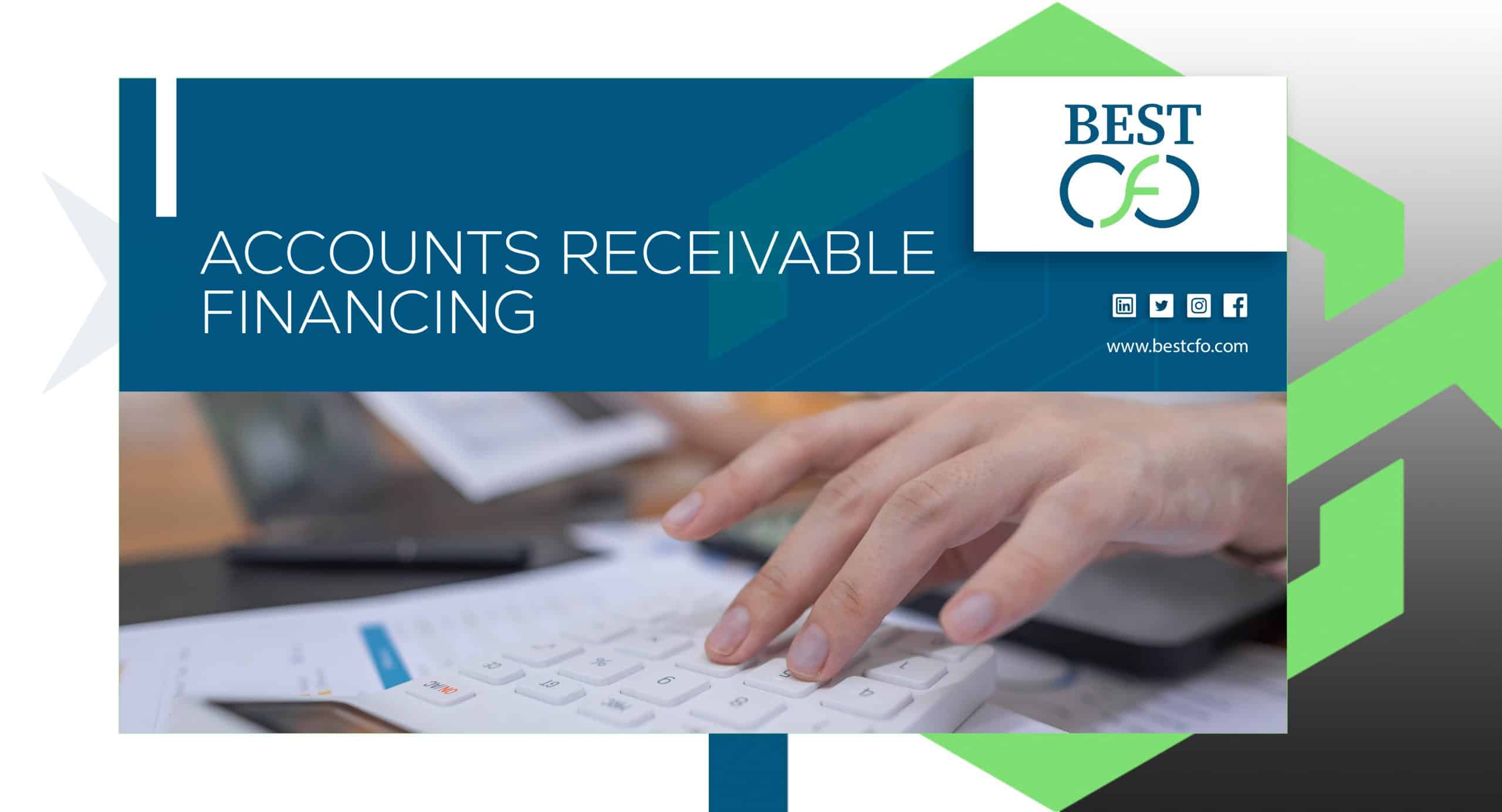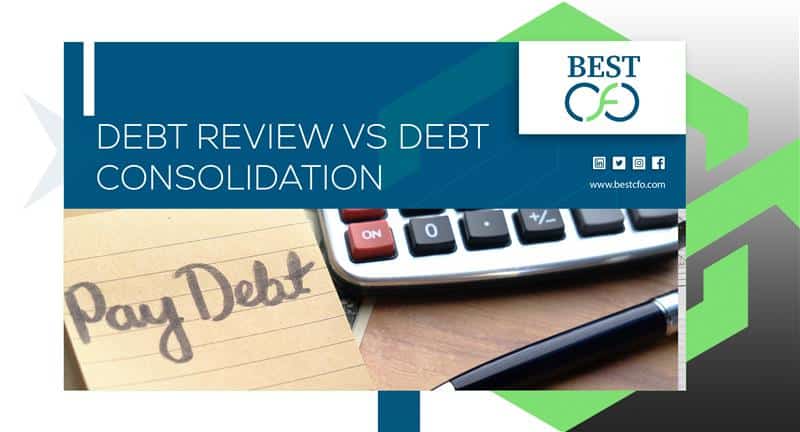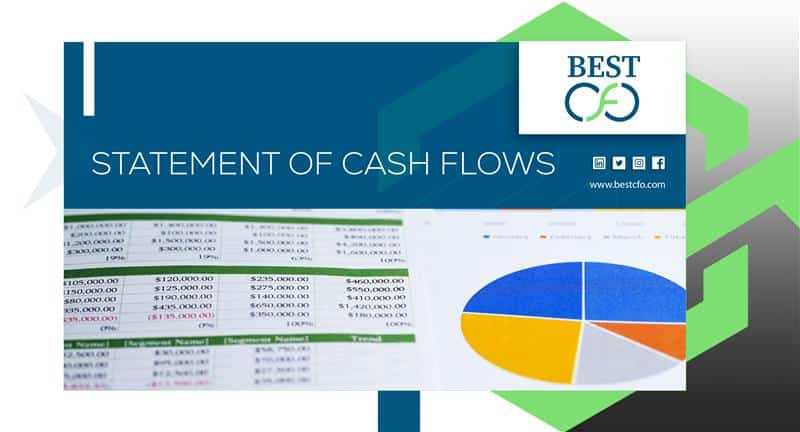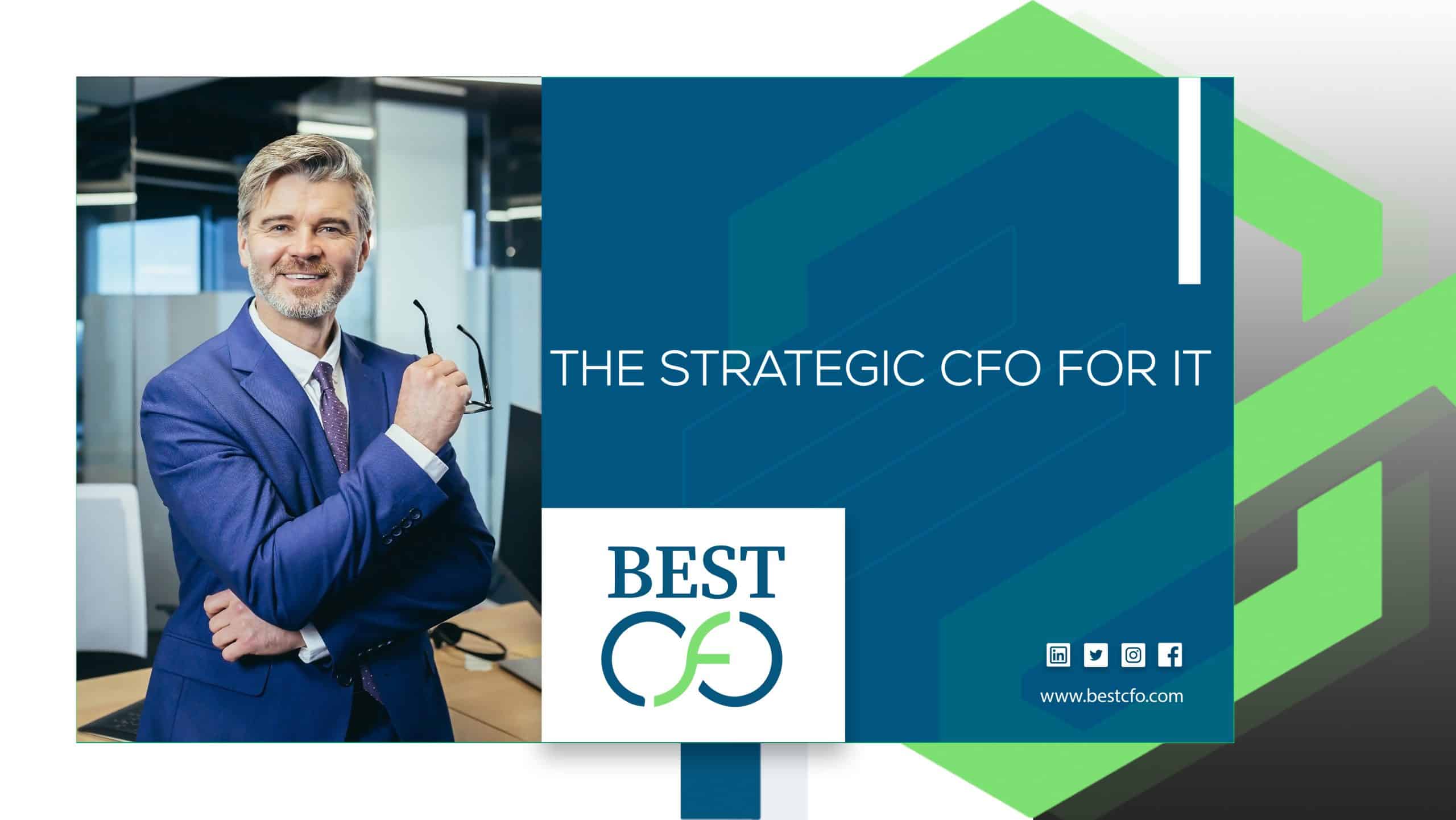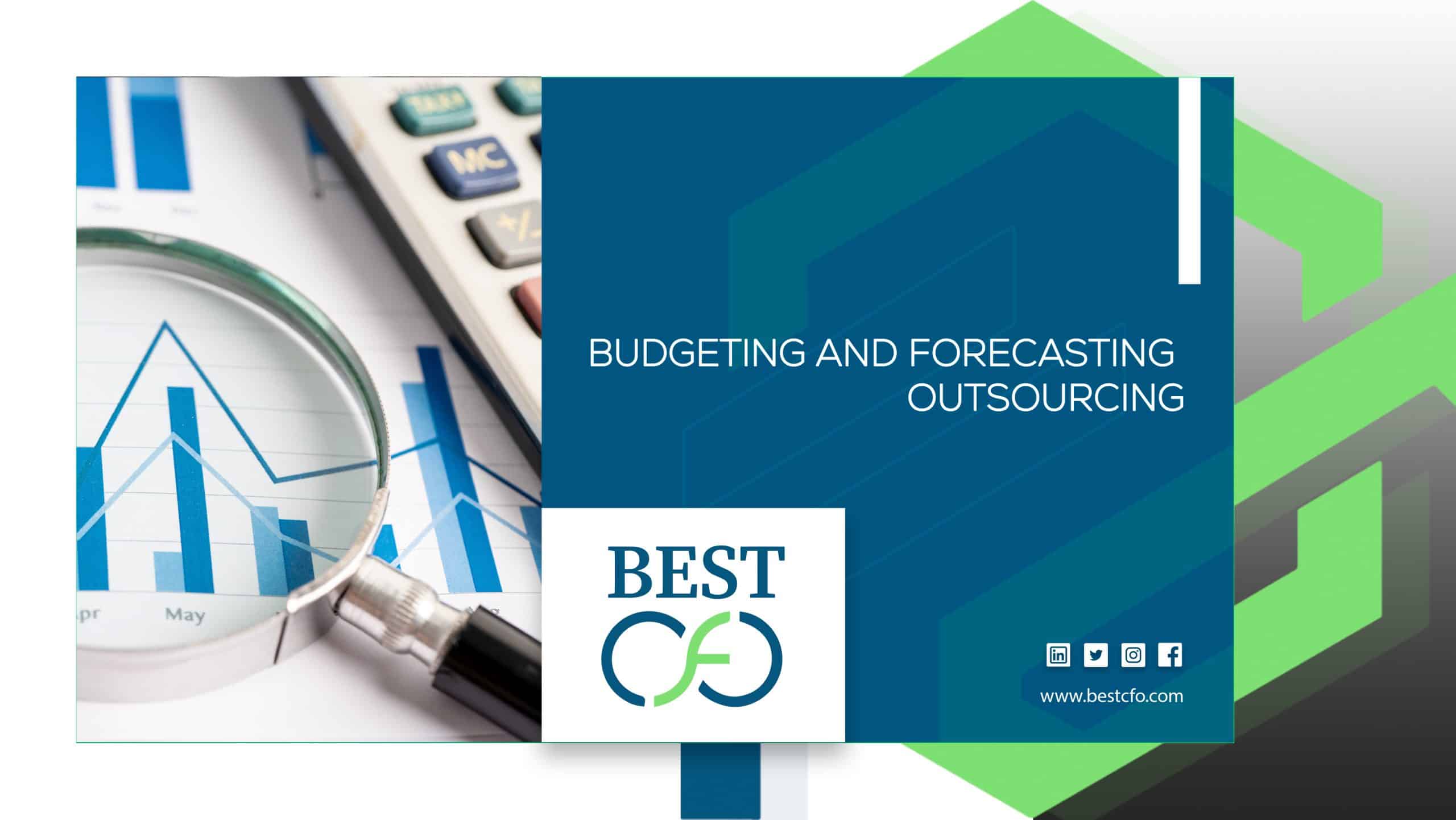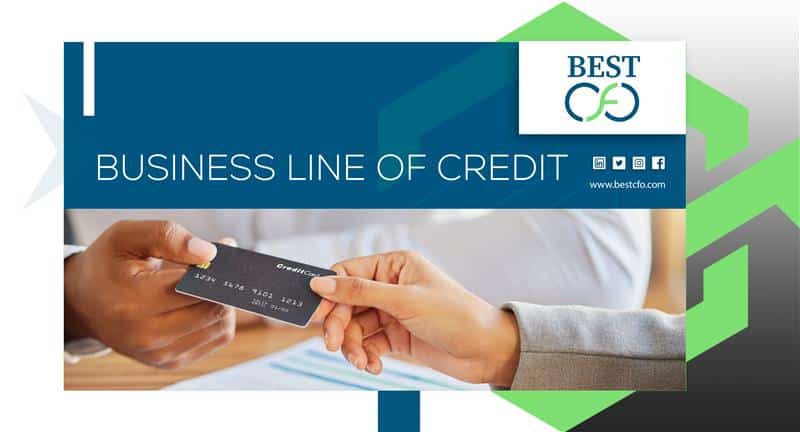
| Getting your Trinity Audio player ready... |
Cash Flow Insights: How a Business Line of Credit Keeps You Agile
Picture this: You run a small business in California. One day, your best supplier offers a huge discount on inventory—but the deal’s only good for 48 hours. Or maybe your HVAC system breaks right before the summer rush hits. You check your account. Not enough cash.
Even the most profitable businesses hit cash flow roadblocks. Bills don’t wait. Payroll needs to be met. Growth can’t always be paused. And that’s where a Business Line of Credit steps in—giving you the freedom to move fast without panicking.
In this guide, we’ll explore how a line of credit helps businesses stay financially nimble, able to seize opportunities, manage cash gaps, and handle emergencies without stress. You’ll also learn how to qualify, use it wisely, and avoid common traps.
Understanding Business Cash Flow Challenges
Let’s understand business cash flow challenges before learning about business line of credit:
The Importance of Cash Flow in Business
Cash flow is the money coming in and going out of your business. It’s not the same as profit. A business might show great revenue on paper but still run into trouble if payments are delayed or expenses spike suddenly.
Think of it like this: Cash is fuel. Without it, your business can stall—even if everything else is running well.
Poor cash flow management is one of the top reasons businesses fail, especially in competitive service industries or retail markets.
Common Cash Flow Problems Businesses Face
Most small businesses, nonprofits, and even larger corporations run into at least one of these:
- Seasonal revenue dips (like winter slumps in landscaping or post-holiday slowdowns in retail)
- Late customer payments (clients dragging out invoices)
- Surprise expenses (broken equipment, tech upgrades, emergency repairs)
- Inventory costs upfront (especially when suppliers demand early payments)
- Growth-related expenses (new hires, marketing, onboarding tools)
All of these can shake your budget, mess with your transaction account, and even hurt your credit score if you miss bills.
The Need for Financial Flexibility
So, how do businesses survive and thrive through ups and downs?
Some use personal credit cards or savings, but that’s risky and can add high-interest debt or personal liability. Others apply for a bank loan, but that takes time, paperwork, and often a solid credit history.
A Business Line of Credit gives you a middle path: fast access to funding with flexibility. Let’s break it down.
What Is a Business Line of Credit?
A line of credit is a bit like a credit card, but built for business needs and usually with better terms. It’s what’s known as revolving credit, meaning:
- You get approved for a set amount (say, $50,000).
- You can borrow what you need, when you need it.
- You only pay interest on what you use.
- Once you repay, you can use it again.
This isn’t a one-time loan—it’s a financial safety net that works on your terms.
Types of Business Lines of Credit
Depending on your business needs and profile, you might consider:
- Secured LOC: Requires collateral like equipment or inventory.
- Unsecured LOC: No collateral, but usually higher rates and stricter approval.
- Traditional Bank LOC: Lower rates, but more documents and longer waits.
- Online Lenders: Fast decisions and funding—ideal for startups or urgent needs.
- Short-Term vs. Long-Term: Use short-term for quick fixes; long-term for ongoing projects.
How It Differs from Other Financing Options
A LOC is different from:
- Term loans: You borrow a lump sum and repay over time with interest.
- Credit cards: Higher APRs, limited use cases, and potential fees for cash advances.
- Merchant cash advances: Quick cash, but very high costs and daily repayments.
A Business Line of Credit offers more control, often lower interest rates, and lets you move fast when you need to.
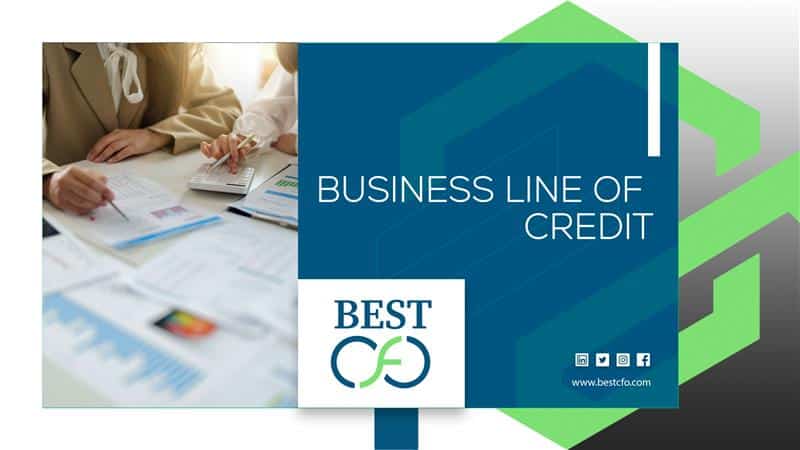
How a Business Line of Credit Enhances Financial Agility
Here is how a business LOC enhances finance:
Managing Cash Flow Gaps
With a LOC, you can:
- Cover payroll during slow months
- Fix broken equipment without emptying your deposit account
- Stay current with vendors and avoid late fees
- Handle unplanned costs without touching your savings
Seizing Growth Opportunities
Opportunities don’t wait—and a LOC lets you act when timing matters. You can:
- Stock up on inventory before prices rise
- Launch a marketing push for the holidays
- Hire part-time staff to handle a surge in orders
- Pay for onboarding tools or short-term software licenses
Building Business Credit
Using a LOC wisely boosts your business credit score and helps you qualify for bigger financing later. Lenders see this as proof you can manage debt well.
Emergency Preparedness
Think of a line of credit like insurance for your cash flow. You might not use it every month—but when disaster hits, it’s a lifeline.
Case Study: A small warehouse in the Midwest survived a shipping crisis during COVID-19 thanks to their LOC. They covered extra costs, stayed open, and even picked up new customers.
How to Qualify for a Business Line of Credit
The following are the ways to qualify for a business line of credit:
Lender Requirements
Every lender is different, but most look at:
- Credit score (business and personal—aim for 600+)
- Time in business (the longer, the better, but some approve startups)
- Monthly revenue (steady income helps your odds)
Documentation Needed
Expect to show:
- Profit & Loss statements
- Balance sheet
- Business bank statements
- Tax returns
- Possibly your business plan (especially if you’re new)
Tips to Improve Approval Odds
- Clean up your personal finance profile
- Pay down existing loans and credit cards
- Build a history with a bank or online lender
- Keep your financial accounting updated and accurate
Best Practices to Increase a Business Line of Credit
Here is how to increase a business line of credit:
Smart Borrowing Strategies
To make the most of your LOC:
- Use it for short-term needs, not long-term projects
- Avoid maxing out the full amount
- Repay quickly to keep interest costs low
Avoiding Common Pitfalls
- Don’t use it for things you don’t truly need
- Always know your interest rate and fees
- Have a repayment plan in place before you borrow
Case Study: Using a LOC Right
A retail business in Southern California used a $25,000 LOC to stock up before the holidays. They repaid it in 90 days and earned nearly triple in sales. Smart timing and responsible use turned it into a win.
Conclusion
No business—big or small—can predict every twist in the road. Whether you’re navigating a rough patch or chasing the next big thing, having fast access to funding can make all the difference.
A Business Line of Credit keeps your business agile, lets you act fast, and helps you stay strong—even in tough times.
If you’re looking for expert help to manage your financial strategy, Best CFO is here to support your journey. Smart planning, clear tools, and flexible funding—it’s what keeps the private sector moving forward.
FAQs
1: What’s the difference between a business line of credit and a loan?
A loan gives you a lump sum upfront. A LOC lets you borrow, repay, and borrow again—perfect for ongoing needs or emergencies.
2: Can I get a LOC with bad credit?
It’s harder but not impossible. Some online lenders or secured LOCs may still approve you with higher rates. Improving your credit score helps.
3: Does a LOC affect personal credit?
Yes, especially if you sign a personal guarantee. But responsible use can boost both business and personal credit scores.
4: Is interest charged even if I don’t use the LOC?
Nope! You only pay interest on the amount you draw—not the full limit.
5: Is a LOC better than using a credit card?
Often, yes. LOCs usually have lower annual percentage rates and fewer fees. Plus, they’re made for business transactions.
Related Posts
The 13-Week Cash Flow Model Every Business Needs
How to Improve Your Bad Debt to Equity Ratio: A Complete Guide If you’ve ever…
Accounts Receivable Financing: Pros and Cons You Need to Know
How to Improve Your Bad Debt to Equity Ratio: A Complete Guide If you’ve ever…
Debt Review vs Debt Consolidation – Key Differences Explained
CFO Automation: Why Finance Leaders Can’t Afford to Ignore It “60% of all finance tasks…
What Are The Sections of The Statement of Cash Flows?
Audit of Financial Statements: Guide for Business Owners Running a business means keeping track of…
 Demos
Demos  Colors
Colors  Docs
Docs  Support
Support 




